9 common food labels that don't mean what you think
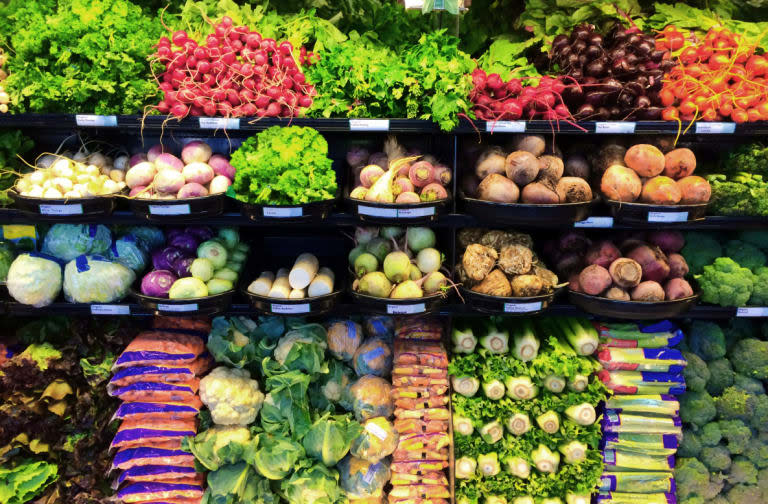
Getty Images
Ever find yourself mid-isle at the grocery store with a nearly-identical version of the same product in each hand, pondering whether to buy the one labeled "organic" or the one labeled "all-natural"?
You're not alone. While manyoftheselabels sound similar, they can have vastly different meanings, both in terms of how the food is grown or processed and how nutritious it is to eat.
Here's a complete guide to the plethora of food labels you'll find.
"All natural"
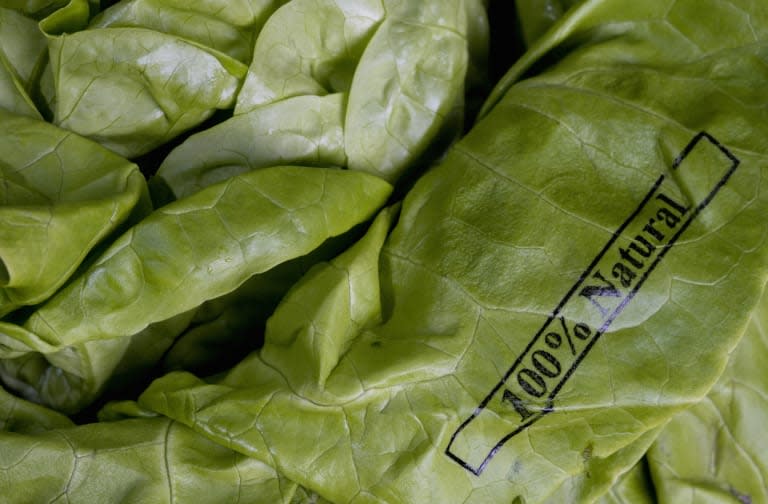
Getty Images
What the label implies: Roughly two-thirds of people responding to a 2014 Consumer Reports surveysaid they thought the term "natural" on food meant that it was free of artificial ingredients, pesticides, and GMOs.
The low-down: Not quite. According to the FDA, the agency "has not developed a definition for use of the term natural or its derivatives." In other words, it means diddly squat.
"At present, the word 'natural' in food marketing is meaningless, and that's the way food companies want it," Gary Ruskin, executive director of US Right to Know, a nonprofit organization that promotes transparency within the food industry, told US News.
"Organic"
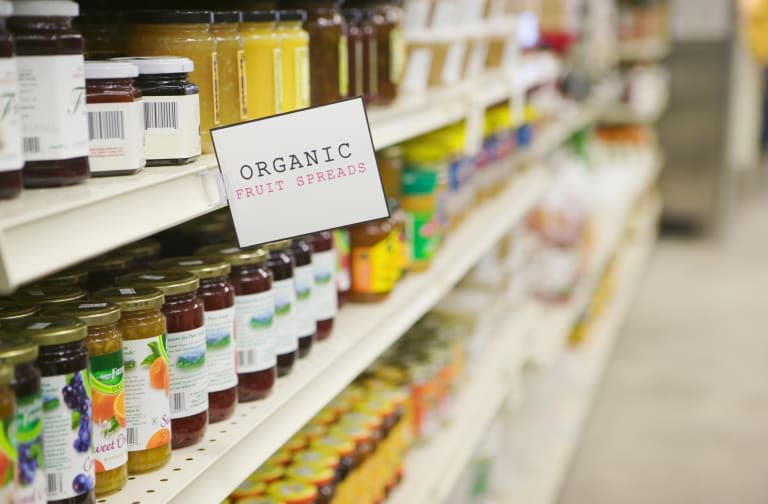
Getty Images
What the label implies:According to the USDA, products that are "certified organic" can't contain GMOs and should minimize pesticides and anything synthetic (ie: made in a lab). "100% organic" productscontainstrictly organics (minus the synthetics the USDA deems safe); "Organic" products containat least 95% organics by weight.
The low-down: A recent review of the past 50 years of scientific articles stacking organic foods up against non-organics concluded that they were "not significantly different."
Pesticides:Organic fruits and veggies typically have far fewer pesticide residues than conventional produce. But keep in mind that all residue levels — organic or not — are kept in check by government safety standards.
The environment:Organic farming is tailored to help the environment by cutting pollution, protecting soil, and conserving water.
"Free range"
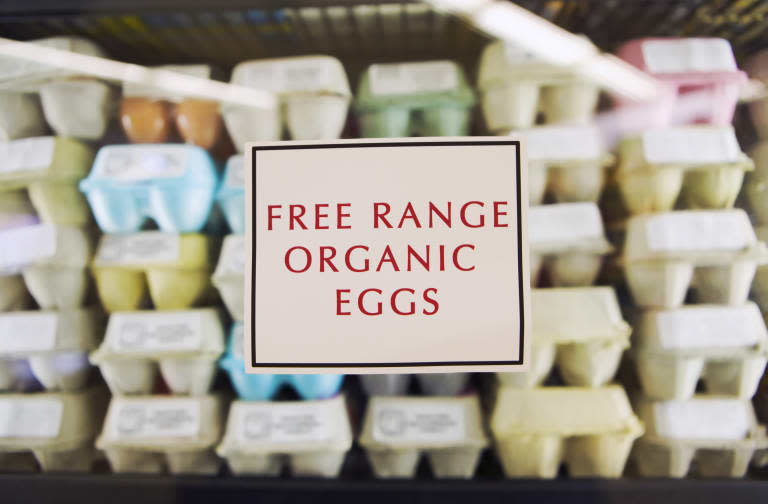
Getty Images
What the label implies: Freedom for chickens everywhere.
The low-down: Not so fast. Unlike cage-free chickens, free-range animals do get access to the outdoors (yay!), but still, most free-range hens are subject to some pretty inhumane practices. These include having parts of their beaks removed and being starved to force molting (loss of feathers) to manipulate their natural egg-laying cycle, according to the Humane Society.
"Non-GMO"
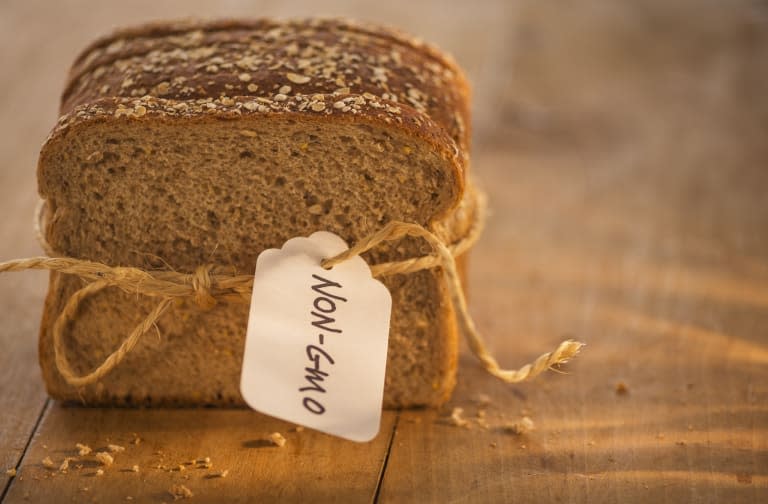
Getty Images
What the label implies: The non-profit Non-GMO Project, whose members include several health food companies like Eden Foods and Nature's Path, started labeling foods with a "Non-GMO Project Verified" sticker in 2007. The standard claims that products carrying the label have "been produced according to consensus-based best practices for GMO avoidance."
The low-down: Most Americans are confused about what GMOs are. Nevertheless, research shows many actively try to avoid them. Here's the general consensus from the scientific community: GMOs are safe. A large study from 2013 found no "significant hazards directly connected with the use of genetically engineered crops."
"Grass fed"
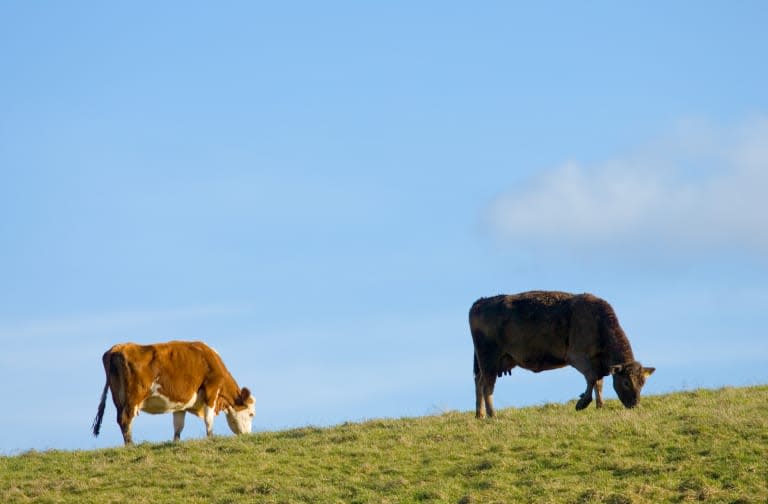
Getty Images
What the label implies: USDA "grassfed" products means animals are only fed grass and hay their entire lives and aren't confined during the growing season. Foods with the independently certified American Grassfed Association (AGA) stamp are purportedly never confined, must be born and raised in the US, and are never fed antibiotics or hormones.
The low-down: Unlike grassfed cattle, conventional cattle are also fed grains, such as corn. And turns out what they eat does affect the nutrients and fats you get from eating them: Grassfed beef typically has a greater proportion of healthier fats and is generally a bit leaner than conventional beef.
"No added sugars"

Getty Images
What the label implies: Products can carry the "no added sugars" label so long as no sugar is added during processing.
The low-down: This label does not mean a product is "sugar-free." A container of Mott's "no added sugars" label, for example, still has 22 grams of sugar (which is just under the American Heart Association's recommended amounts for an adult woman). This sugar isn't added, though; it comes from the naturally-occuring sugar in the apples.
"Cage-free"
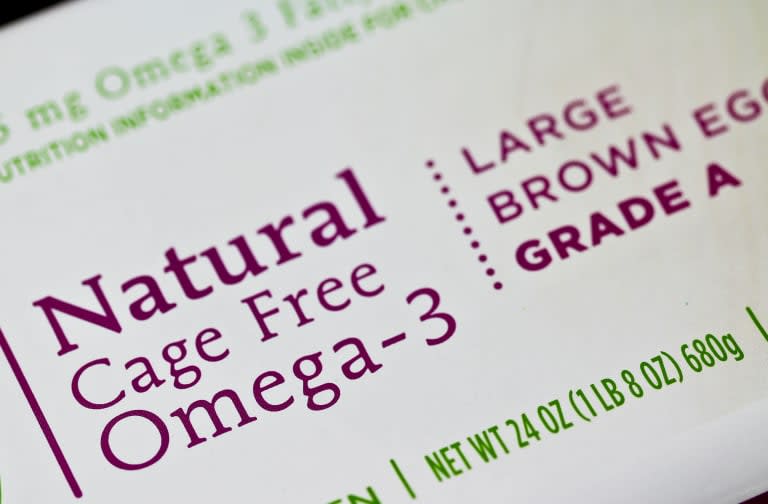
Shutterstock
What the label implies: Cage-free eggs are all the rage these days, with massive egg buyers like McDonald's announcing plans to make the switch in the US and Canada by 2025. But if you're picturing rolling green hills and happy go-lucky chickens, there's bad news ahead.
The low-down: Cage-free means chickens are allowed to roam around a barn or other facility, but they still generally have no access to the outdoors. And when it comes to human health, a recent study comparing the nutritional value of cage-free, organic, and conventional eggs found there was "no meaningful difference" among them.
"Gluten free"
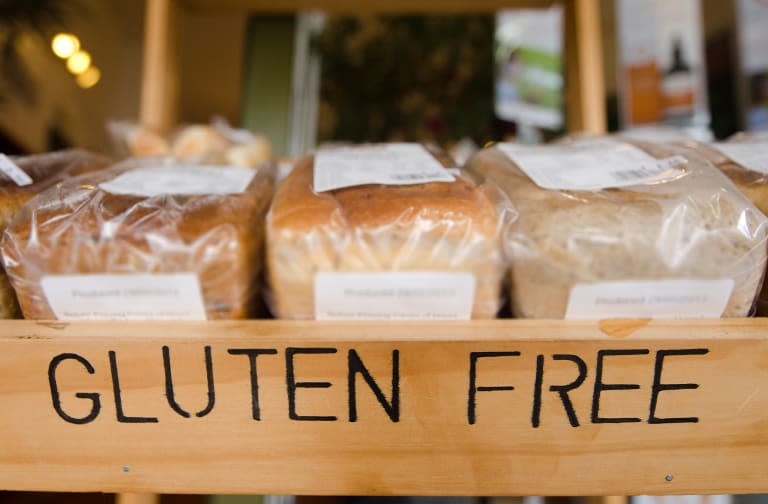
Shutterstock
What the label implies: In 2013, the FDA established a criteria for "gluten free" labels that requires that they have a gluten content of less than 20 parts per million, the lowest amount that can be reliably detected in foods. Gluten is the protein composite in wheat, barley, and other grains and is what gives bread its chewiness.
The low-down: Unless you're amongst the 1% of Americans who actually have celiac disease, a genetic, autoimmune disorder that causes people who eat gluten to experience damage to their small intestine, you don't need to pay any attention to these labels.
"Made with whole grains"
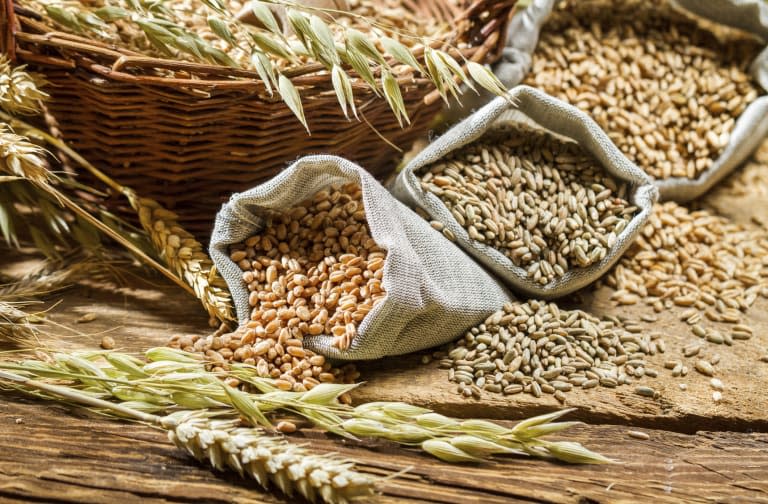
Getty Images
What the label implies: According to the nonprofit Whole Grains Council, whole grains refers to those that contain "all the naturally-occurring nutrients of the entire grain seed in their original proportions" (ie: the stuff that helps us digest and keeps us feeling full).
The low-down: While the FDA's guidelines "recommend" that foods only carry the "whole grain" label when all of its flour is whole grain, there's little to no penalty for products who don't follow these guidelines.
See Also:
UP NEXT: 17 'healthy habits' you're better off giving up
SEE ALSO: Here's the truth about 'healthy' milk alternatives
